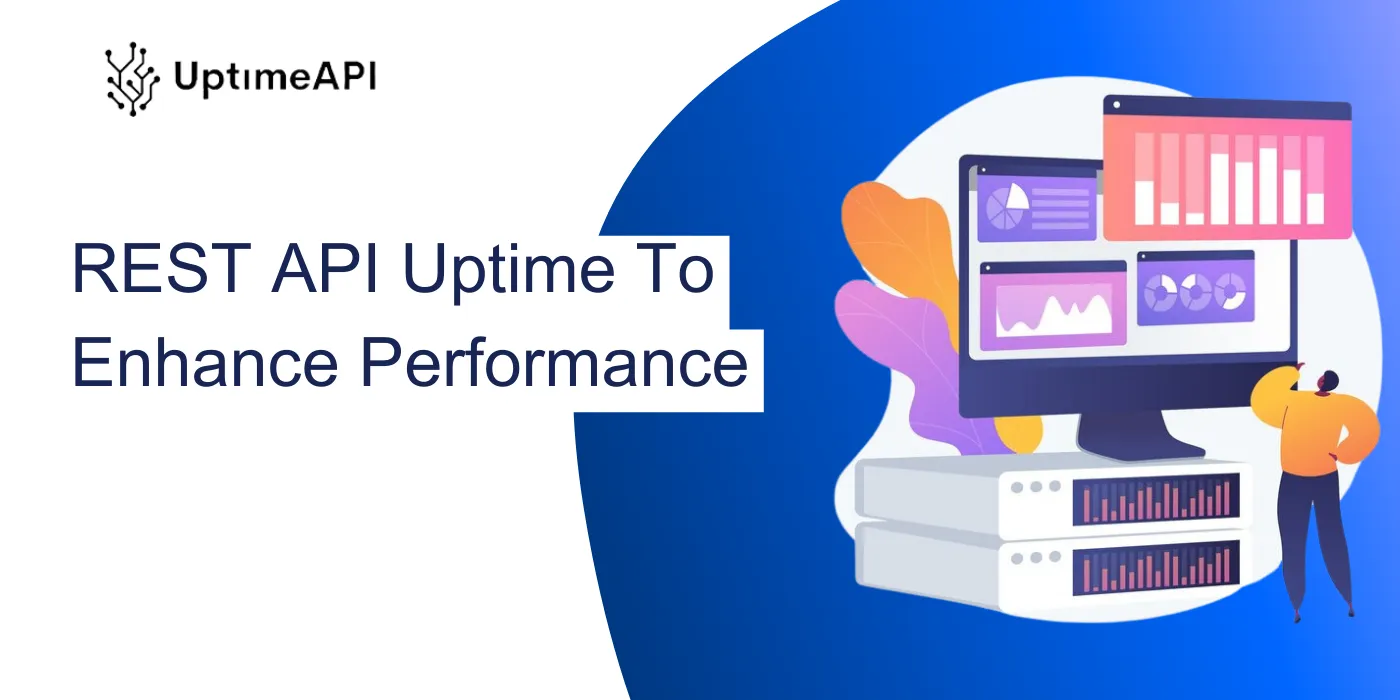REST API Uptime To Enhance Performance

In the realm of software development, the reliability and performance of REST APIs (Representational State Transfer Application Programming Interfaces) play a crucial role in ensuring seamless communication between different systems and applications. The uptime of REST APIs is a key factor in determining the efficiency and effectiveness of digital services. With tools like UptimeAPI, developers can monitor and optimize the uptime of their REST APIs to enhance performance and deliver a smooth user experience.
The Role of REST API Uptime in Performance Enhancement
Ensuring Continuity of Service
The uptime of REST APIs directly impacts the continuity of service for web and mobile applications. Any downtime or disruptions in API availability can lead to service interruptions, causing inconvenience to users and potential business losses. By maintaining high uptime for REST APIs, developers can ensure continuous service delivery, uphold user satisfaction, and sustain business operations without disruptions.
Improving Response Times
Optimizing the uptime of REST APIs can lead to improved response times for client requests. A high uptime percentage indicates that the API is consistently available and responsive, allowing users to access data and perform actions quickly. By monitoring and enhancing API uptime, developers can reduce latency, streamline data retrieval processes, and enhance the overall responsiveness of applications powered by REST APIs.
Enhancing Scalability
Scalability is a critical aspect of performance for REST APIs, especially when handling a large volume of concurrent requests. APIs with high uptime are better equipped to scale seamlessly to accommodate increased traffic and user demands. By ensuring optimal uptime, developers can enhance the scalability of their APIs, maintain performance levels during peak usage periods, and support the growth of their digital services without compromising user experience.
Leveraging UptimeAPI for Monitoring REST API Uptime
Key Features of UptimeAPI for REST API Uptime Monitoring
- Real-time Monitoring: UptimeAPI offers real-time monitoring capabilities that enable developers to track the uptime status of their REST APIs continuously.
- Alerts and Notifications: Developers can set up alerts and notifications in UptimeAPI to receive immediate updates on downtime incidents or performance issues, allowing for prompt resolution.
- Historical Uptime Data: UptimeAPI provides access to historical uptime data, allowing developers to analyze past performance trends, identify patterns, and make informed decisions for optimizing API uptime.
- Performance Metrics Analysis: Developers can leverage UptimeAPI to analyze performance metrics such as response times, error rates, and availability percentages, gaining insights into the overall health and performance of their REST APIs.
Benefits of Using UptimeAPI for REST API Uptime Monitoring
- Enhanced Reliability: By monitoring and optimizing the uptime of REST APIs with UptimeAPI, developers can enhance the reliability and availability of their services, ensuring consistent performance for users.
- Improved User Experience: High uptime for REST APIs translates to a seamless user experience, with faster response times and minimal disruptions, leading to increased user satisfaction and engagement.
- Business Continuity: Monitoring REST API uptime with UptimeAPI helps businesses maintain continuity in operations, minimize downtime-related losses, and preserve their reputation in the market.
- Performance Optimization: UptimeAPI enables developers to identify performance bottlenecks, optimize API response times, and enhance scalability for improved performance under varying workloads.
Conclusion
In conclusion, monitoring and optimizing the uptime of REST APIs is essential for enhancing performance, ensuring business continuity, and delivering a superior user experience. Tools like UptimeAPI empower developers to track and improve API uptime, leading to increased reliability, responsiveness, and scalability for digital services. By leveraging UptimeAPI for REST API uptime monitoring, developers can proactively address downtime incidents, optimize performance metrics, and ultimately provide users with high-quality services. Embracing uptime monitoring as a core practice in REST API development is key to driving success in the digital landscape and fostering user satisfaction and loyalty.